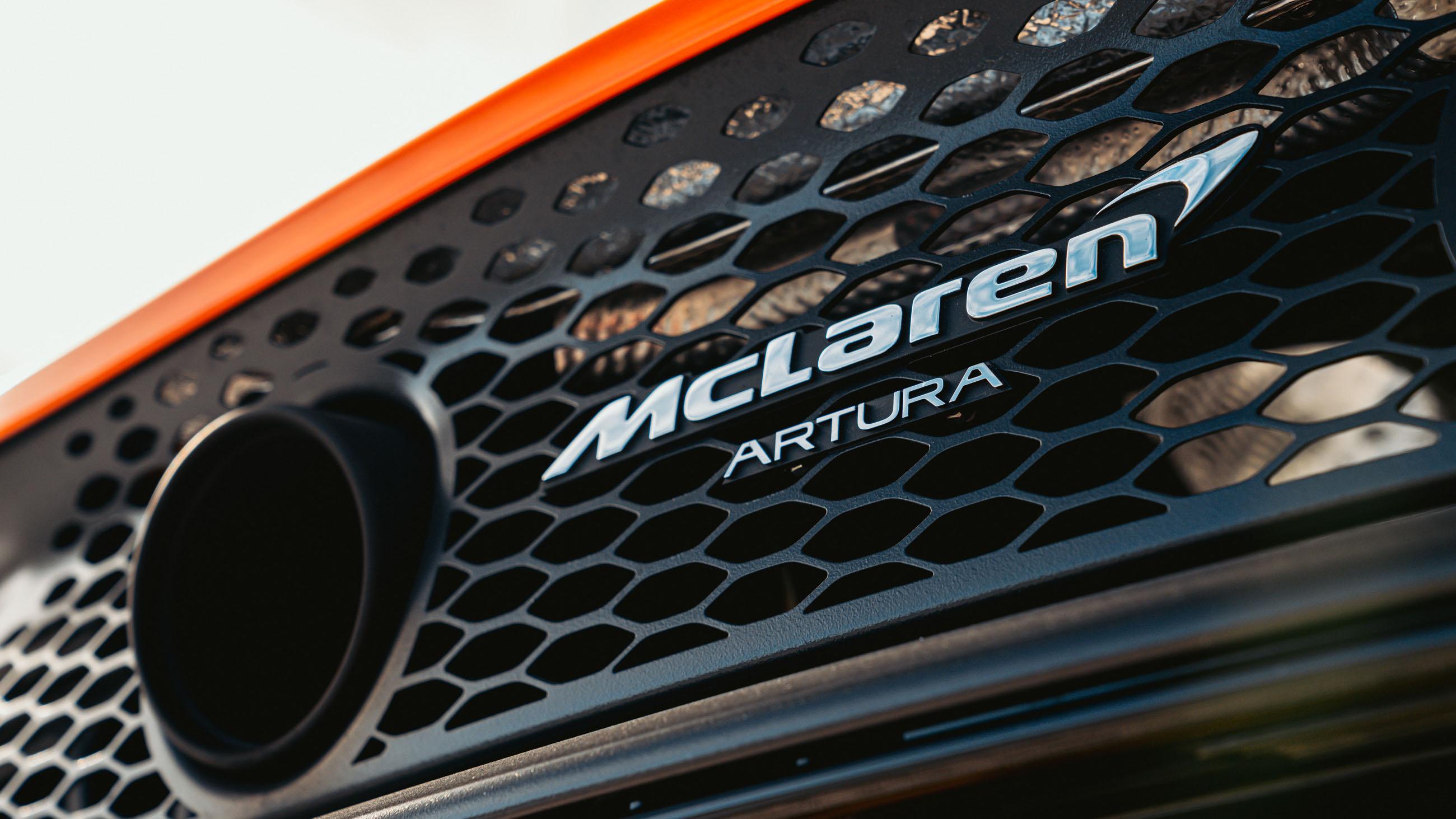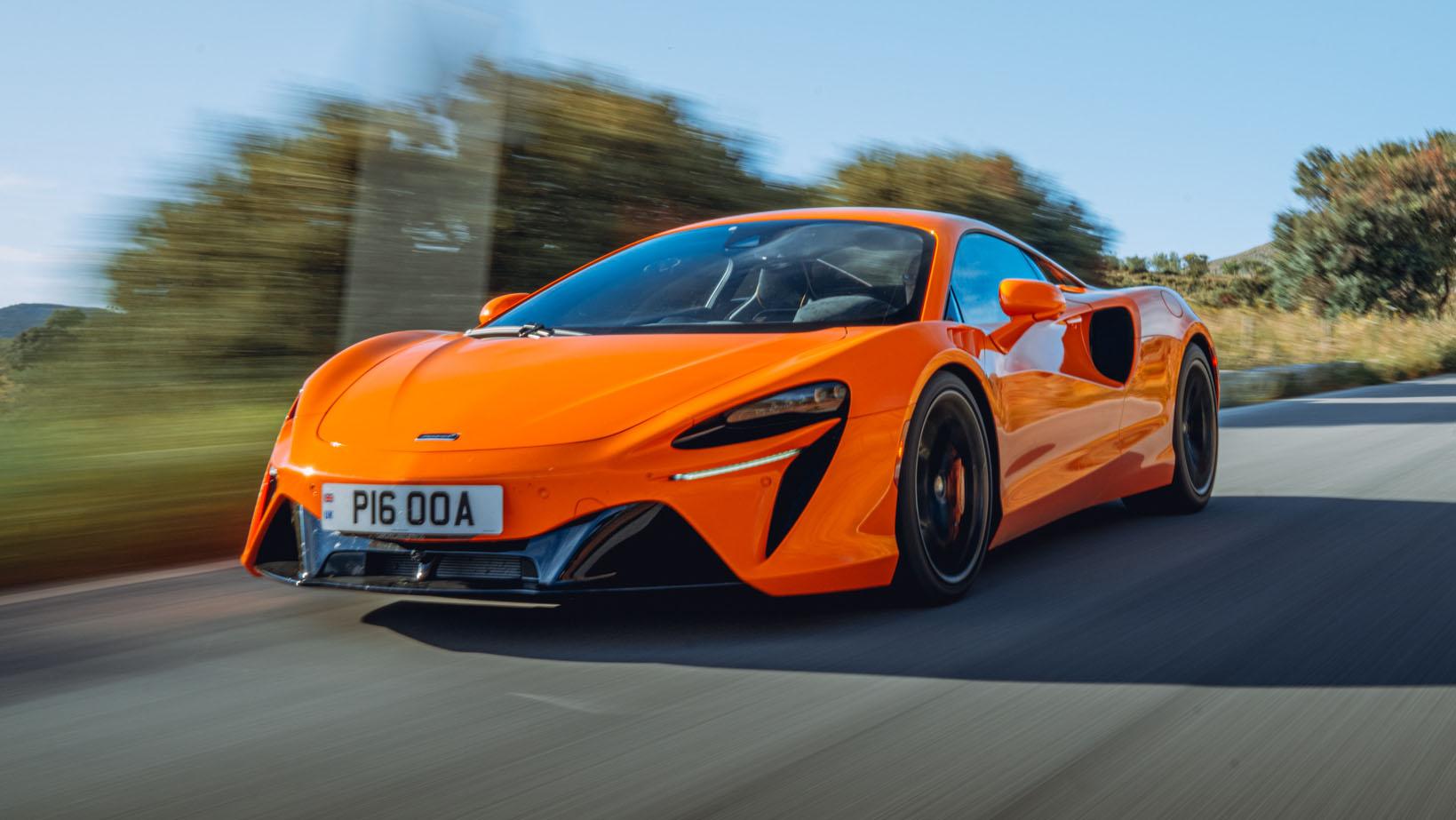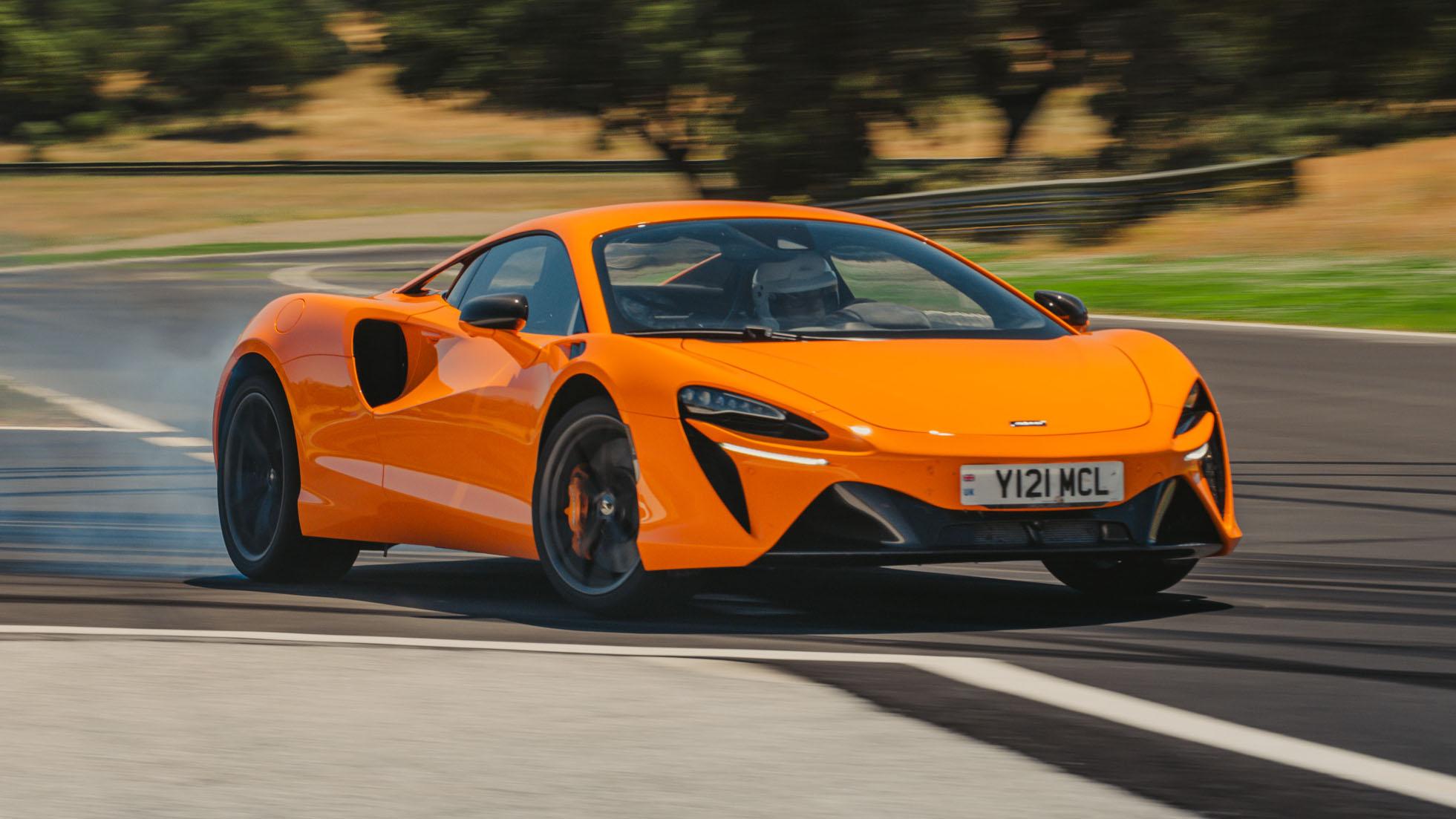
Opinion: what does the Artura tell us about the future of McLaren, and an SUV?
Prepare for the Artura Spider, LT, a new Ultimate Series and maybe even a big SUV...
The McLaren Artura tells us a lot about the firm's future supercars. But there are some things it doesn't say about a near-inevitable SUV, so we'll sketch them out too.
First, there will be no more new V8 cars. The original M838T series, which grew to four litres as the M840T, will from now on be used just for variants of the GT, the 720S and 765LT. They will get facelifts and small power bumps.
But every 'new' McLaren supercar from now on – if it has an engine at all – will have a version of the V6 (M830T) and hybrid system. They will also get adaptations of the Artura's all-new tub and suspension.
That includes the successor to the facelifted 720S replacement, which will also have McLaren's patent laterally linked suspension, plus a healthy dose of extra power to better distinguish it from the Artura.
Because on the face of it, McLaren's strategy with the Artura and 720S has gone a bit awry. Their answer to the question why they're so close in price and power mostly consists of "some people want a hybrid and some don't".
The Artura range will expand. We've had it confirmed that the tub and mechanical package leaves space for the upcoming Spider version. There will also be a more hardcore Artura LT.
Cheaper cars aren't planned. Whereas in the past the McLaren range started with the 570GT (and even the 540S in some markets), there's no intention to replace those cars.
At the other end of the range, McLaren will launch a very high-power 'Ultimate Series' car with the electrified powertrain in 2024.
There will also be limited-series cars. This despite the fact McLaren caught a big cold with two of its previous limited-editions. Examples of the Senna now sell for about half their new price, whereas Ferrari trophy cars, for example, will usually become rising-value collectors' items.
Top Gear
Newsletter
Thank you for subscribing to our newsletter. Look out for your regular round-up of news, reviews and offers in your inbox.
Get all the latest news, reviews and exclusives, direct to your inbox.
Then McLaren launched the Elva as an edition of 399 cars. Interest wasn't high enough, so they cut the edition, in two stages, to 149. Embarrassing. McLaren says customer interest was too low because it's a car 'you have to experience' and they couldn't let people experience it because of the pandemic. It was a great car, as TopGear.com found.
So next time McLaren does a limited edition it will have to be very careful not to be greedy with numbers. Exclusivity is all.
It's not just the Elva problem that has afflicted McLaren lately. The Artura was due to start production last autumn. It's now eight months late. With no income from what should be the best-selling car over an eight-month period, the firm's cash flow has taken a massive hit. That said, in that period they did pull forward manufacture of 765LTs and Speedtails, so they have made high-priced high-profit cars, but in too-small numbers.
The Artura's late sales launch was caused mostly by delays in developing its hugely complex integrated electronics system. But from what we saw when we drove the late-prototypes last week, the troubles aren't over yet.
Beyond the V6 hybrid, McLaren is still actively investigating full-electric power for the next supercar generation. But it still says there's still no such thing as a system that would be light enough and give enough track laps for McLaren customers. An electric McLaren exists only as a simulation, not as a prototype.
And finally, some potentially big (literally) news. An SUV. Whenever McLaren does a press conference, it concludes its Powerpoint with a slide saying "…and no, we won't make an SUV". At the Artura launch event, it didn't.
I asked some questions. The current messaging is that McLaren was never ideologically opposed to an SUV, actually. It was just that as a small company, it couldn’t afford to invest in one. And McLaren has always been very against parts sharing. It's that latter point that seems to be changing.
With technical co-operations it could finally do something other than a carbon-tubbed mid-engined supercar. On 3 July McLaren Cars gets its new CEO, Michael Leiters. He was heavily involved in the Cayenne when he worked at Porsche, and the Purosangue when at Ferrari. The word is he’ll be happier to do technical tie-ups.
McLaren almost certainly needs to sell more cars if it's to thrive. A crossover is a very obvious way to sell more cars. It would take three years to develop, meaning a launch in 2025 or so – so it would have to be full-electric. Until the new boss is in post, everything else is speculation.
Trending this week
- Car Review
BMW iX3










